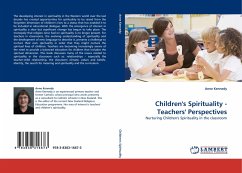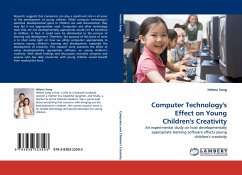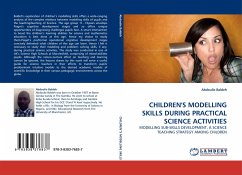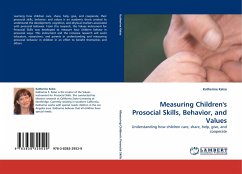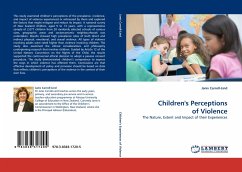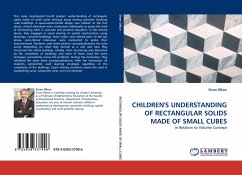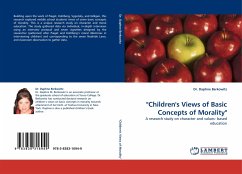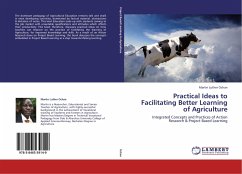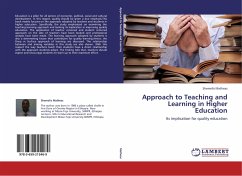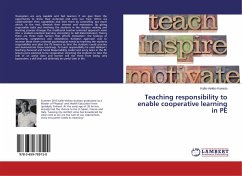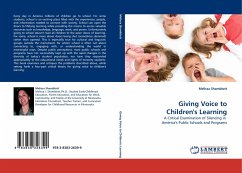
Giving Voice to Children''s Learning
A Critical Examination of Silencing in America''s Public Schools and Programs
Versandkostenfrei!
Versandfertig in 6-10 Tagen
45,99 €
inkl. MwSt.

PAYBACK Punkte
23 °P sammeln!
Every day in America millions of children go to school. For some students, school is an exciting place filled with the experiences, people, and information needed to connect with society. School can open the doors to lifelong learning while providing the means to access valuable resources such as knowledge, language, work, and power. Unfortunately going to school doesn t lead all children to the open doors of learning. For some, school is more about doors being shut (sometimes slammed) rather than opened. This is especially true for cultural and linguistic groups outside the mainstream for who...
Every day in America millions of children go to school. For some students, school is an exciting place filled with the experiences, people, and information needed to connect with society. School can open the doors to lifelong learning while providing the means to access valuable resources such as knowledge, language, work, and power. Unfortunately going to school doesn t lead all children to the open doors of learning. For some, school is more about doors being shut (sometimes slammed) rather than opened. This is especially true for cultural and linguistic groups outside the mainstream for whom school is often not about connecting to, engaging with, or understanding the world in meaningful ways. Despite public perceptions, most public schools and programs have not successfully kept up with the rapid changes in the diversity of today s student population, nor have they responded appropriately to the educational needs and rights of minority students. This book examines and critiques the problems described above, while setting forth a four-part critical theory for giving voice to children's learning.



